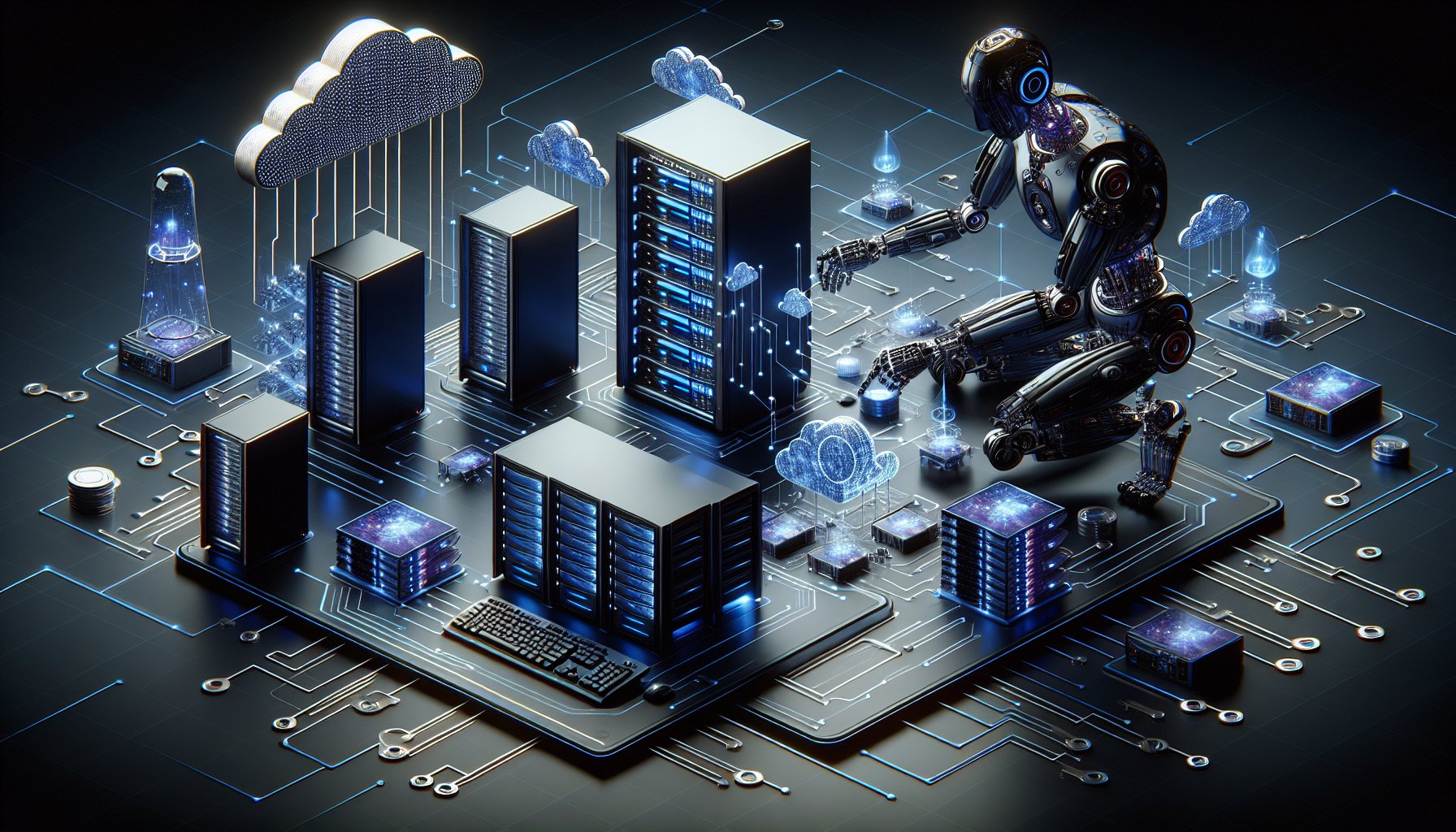Introduction
Welcome to the future of DevOps! As we navigate the ever-evolving landscape of IT development, keeping pace with the latest methodologies and strategies is crucial for success. In this blog post, we will dive into the modern DevOps practices advancing the industry, from continuous integration and deployment (CI/CD) to AI-driven operations, Infrastructure as Code (IaC), and cloud-native development.
Continuous Integration and Continuous Deployment (CI/CD)
In the fast-paced world of 2025, CI/CD has become a cornerstone of modern DevOps. This practice allows for frequent code changes, automated testing, and seamless deployments, enabling teams to deliver high-quality software faster and more reliably.CI/CD pipelines, using tools like Jenkins X or Spinnaker, allow developers to automate the stages of app deployment, from integration and testing to delivery and infrastructure setup.
AI-Driven Operations
Artificial intelligence and machine learning are no longer futuristic concepts, but integral components of modern DevOps practices. AI-driven operations leverage these technologies to automate routine tasks, predict potential issues, and optimize system performance. Tools like Dynatrace and Moogsoft can help your team harness the power of AI and machine learning, turning terabytes of data into actionable insights.
Infrastructure as Code (IaC)
Infrastructure as Code has revolutionized the way IT operations teams manage and provision IT infrastructure. By treating infrastructure as code, teams can automate the process, ensure consistency, and easily replicate environments. Tools like Terraform and Ansible offer powerful IaC capabilities, enabling teams to define and provision data center infrastructure using a high-level configuration language.
Cloud-Native Development
Cloud-native development is another trend shaping the future of DevOps. This approach, which leverages the advantages of the cloud, focuses on building and running scalable applications in modern, dynamic environments. Platforms like Kubernetes and Docker have become essential tools for cloud-native development, providing the necessary orchestration and containerization capabilities.
Conclusion
As we look towards the future, it’s clear that modern DevOps practices will continue to shape the IT development landscape. By embracing CI/CD, AI-driven operations, Infrastructure as Code, and cloud-native development, you can drive efficiency, improve quality, and stay ahead of the curve. The key is to remain flexible and open to change, ready to adopt new methodologies as they emerge. Remember, in the world of DevOps, the only constant is change itself.
In the fast-paced world of IT development, staying current with the latest approaches and technologies is essential. By embracing the modern DevOps practices outlined in this post, you position yourself and your organization for success in a rapidly evolving industry. Let the power of automation, AI, and cloud-native solutions drive your IT development efforts into the future.